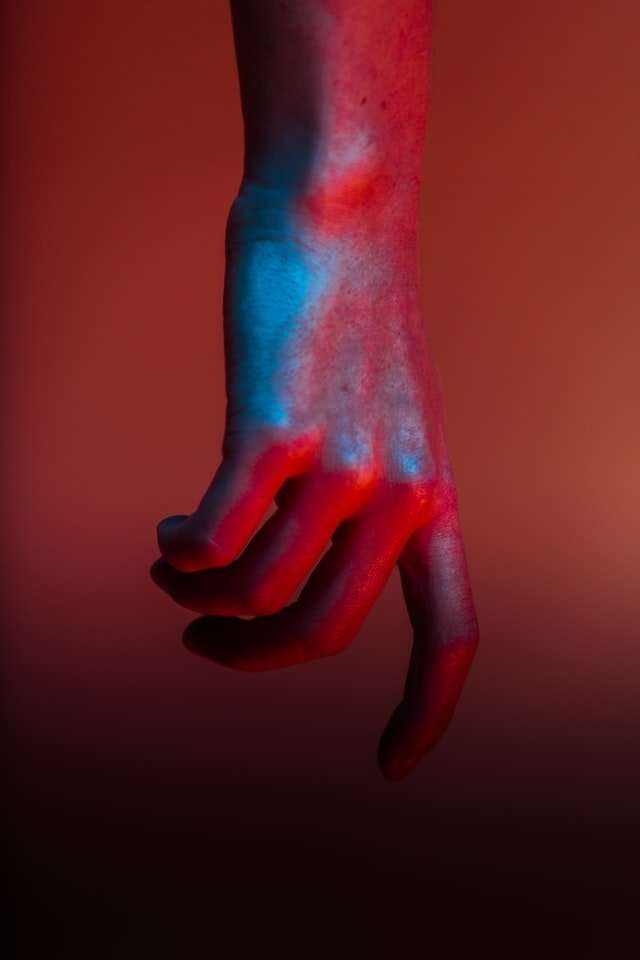The field of graphic design is a very popular area with the students. It is an opportunity for them to show their creative skills and to develop their artistic talent.
The graphic design is a very broad term and is used for almost all the art works, which can be printed or displayed in any way. The professional graphic designers are those people who work for various business establishments to make their branding and advertisement appealing to the customers. They use different color schemes, banners, posters and many other things to attract the customers towards them. They give a strong identity to the business they are working for and that helps in building a good reputation. They have added great value to the business by doing this job properly.
Graphic design is the art of visual communication and problem-solving using the principles of organization, visual communication and aesthetics.
This field is concerned with the planning, creation and modification of the combination of words, images and space (or the absence of space) that produces a message. The message may be intended to inform, persuade, or motivate. Because this is a broad definition, it is possible to find examples of graphic design in almost every part of human activity.
The term graphic design can be applied somewhat differently depending on its use. In some cases, such as advertising or promotional material, the term may refer only to the layout/appearance of printed material or published texts; in other cases—particularly when applied by those outside the profession—it may include any kind of visual presentation such as a museum exhibit or an information kiosk.
A more general usage would include any kind of display such as a public notice or a sign. The visual communications concept covers a wide field from billboards and displays to traffic signs and signals; from exhibitions to complex architectural spaces; from icons on computer screens to postage stamps; from store window displays to shop interiors; and from maps to engineering drawings.
Graphic design is the art of visual communication and problem solving using typography, photography and illustration.
The graphic designer’s role is to create visual concepts, by hand or computer, for printed or digital applications. A graphic designer creates the overall visual concept gives direction to a project. It may be hand or computer generated, or a combination of both. This includes defining colors, space, typography as well as content.
Tasks include:
– Conceptualizing ideas for advertisements, brochures, catalogs, packaging materials and logos
– Illustrating storyboards for film or TV commercials
– Answering the client’s needs with current media trends in mind
– Working closely with the art director in creating an effective layout and presentation of materials including text pages and photos
– Managing the production of print pieces such as catalogs and magazines by coordinating with writers, photographers, illustrators and copywriters
Graphic design is the art of visual communication and problem-solving through the use of typography (typefaces), illustration, and color. Graphic designers create visual concepts, plan and execute the look of a communication medium, and manage the production process.
Graphic designers use both basic design principles and advanced technology to create effective visual communications. They combine research on audience needs with an artistic sensitivity to create messages that elicit the intended response from their audience, whether that response is one of recognition, interest, motivation, or action.
The graphic design profession requires knowledge of all pertinent aspects of good design—the development of ideas, production techniques and materials, selection of typeface and placement on the page, illustration techniques, two-dimensional composition techniques such as balance and contrast, color theory, layout techniques for print or Web-based media, product packaging design and environmental graphics.*
Graphic design is an art of communication, which uses graphic and typographic elements in order to convey a message. The term graphic design is used to describe both the process (designing) and the product (design).
The process of graphic design often involves personal communication skills, knowledge of information architecture, visual arts, usage of typography, knowledge of production and distribution processes, and computer software skills.*
Graphic design is a term used to describe the visual aspect of any form of communication. It traditionally relates to the graphic arts such as printing, publishing, advertising and architecture, but in its most recent usage it may be applied to any kind of visual presentation including signs, websites, product packaging and building exteriors.
The term graphic design has been extended to include nearly every visual element used in marketing and sales material. The key distinction made between graphic design and art is that graphic design is concerned with the arrangement of images and text in order to convey a message or concept effectively.
If you are an artist or a designer of any description, you may be confused about how to become famous. In the old days, the way to fame was simple: you needed to impress the right person. If you wanted to show your work in Paris then you had to catch the eye of someone who worked for a gallery; if you wanted to paint murals in Rome, then you had to get noticed by someone who worked for a church. But now that everyone can publish their work online and make it available for free, it’s taken the value out of art as a currency. It’s harder for artists and designers to trade on their reputation because their reputation is now out there for everyone to see.
This is why getting noticed is still important: having someone with influence say something good about your work can change your life. And that’s where your focus should always be: not on the mechanics of marketing, but on creating work people will notice and want to share. The rest will follow naturally from that.*

